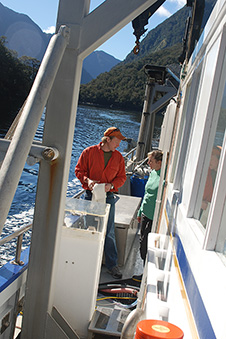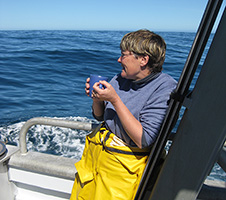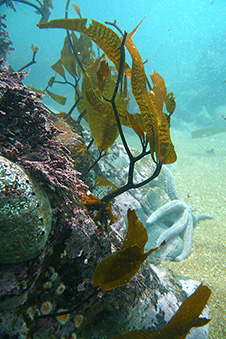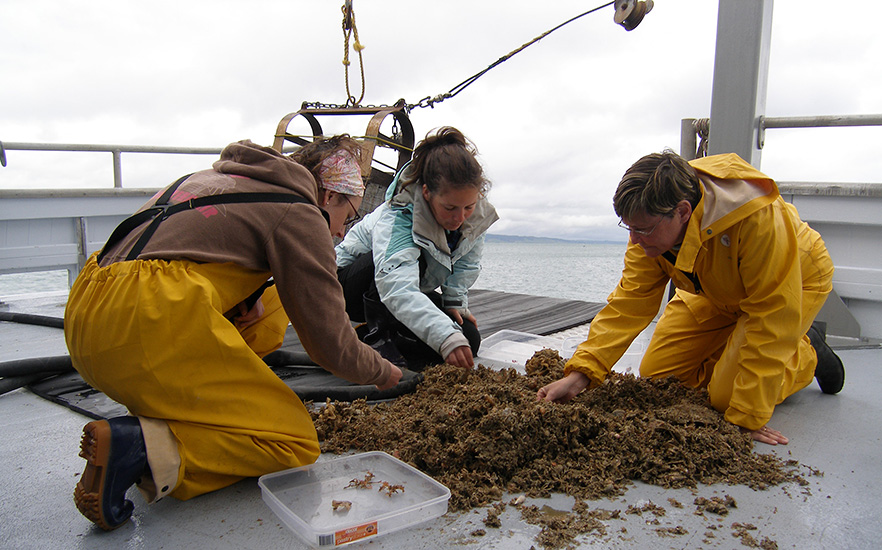 Geochemical and paleoceanographic studies of how the ocean has been changing and what it might become.
Geochemical and paleoceanographic studies of how the ocean has been changing and what it might become.
If there's one thing the sea does, it's change. It always has, and it always will. As the atmosphere changes, so does the sea. As the tectonic activity in the centre of the Earth changes, so does the sea. And as people have spread out across the planet and have started making a difference, so the sea is changing again.
Some of our research looks at understanding changes in the past, and how they affected the planet. Others look at ways to understand what is happening today, and what tomorrow may bring.
Here in Otago we are perfectly situated to look at marine changes. We work right next to the Subtropical Convergence, a major ocean front that is never closer to land than it is to us. We have field stations in Fiordland and Stewart Islands, near-pristine coastal environments. We are the jumping off point for voyages to the subantarctic islands and even Antarctica.
For more information on the field stations
Researchers
Publications for the above researchers can be found at the bottom of their academic profile page. |
 |
Research projects
|
In situ saturometry of coastal sediments, southern New Zealand – Abigail Smith Skeletal carbonate mineralogy of echinoids – Abigail Smith, Miles Lamare, Maria Byrne (USyd Sydney), Symon Dworjanyn (NMSC Coffs Harbour), Dana Clark (Cawthron Nelson) Skeletal carbonate mineralogy of cephalopods -- Abigail Smith, Kat Bolstad (AUT), Kennedy Wolfe (USyd Sydney), Maria Byrne (USyd Sydney) Skeletal carbonate mineralogy of calcareous sponges – Abigail Smith, Marcus M Key Jr (Dickinson Carlisle PA), Jade Berman (UK) Skeletal carbonate mineralogy of serpulid worms – Abigail Smith, Marc A Riedi, David J Winter The colour purple: why is Iodictyum brightly coloured? Abigail Smith, Kevin Tilbrook (MusQ, Townsville Aust) Stopping when cold? Growth checks in Melicerita chathamensis, a temperate bryozoan. Abigail Smith, Marcus M Key Jr (Dickinson, PA), Steven J Hageman (AppStateU, USA) |
 |
Opportunities
We have the resources , scholarships , staff and opportunities you need to reach your goals. Please refer to each staff members profile for research and study options.

